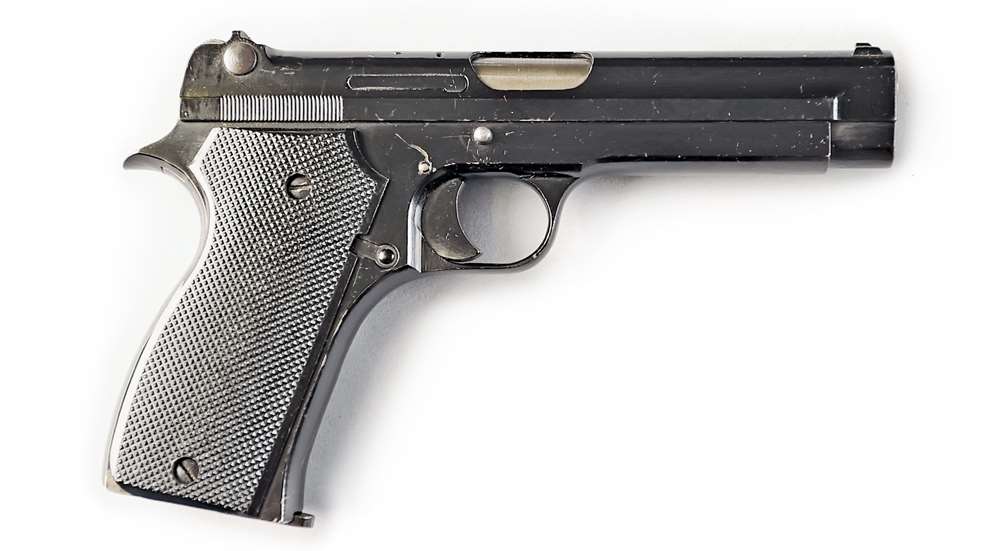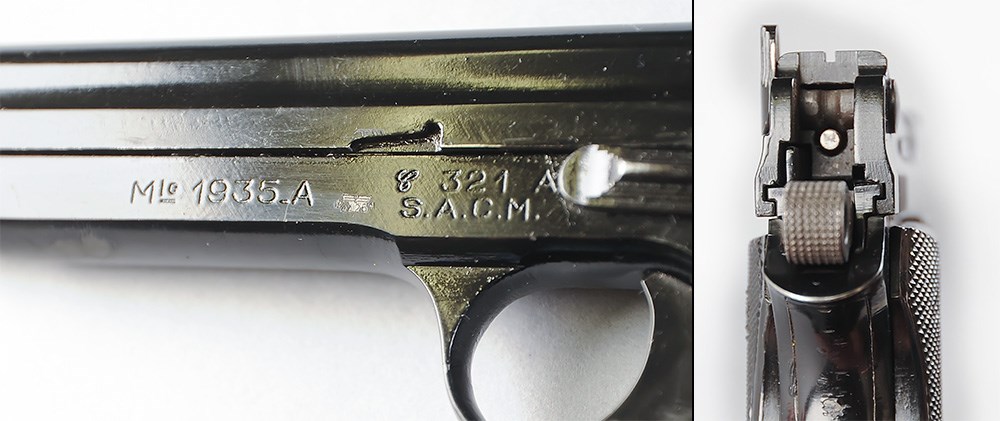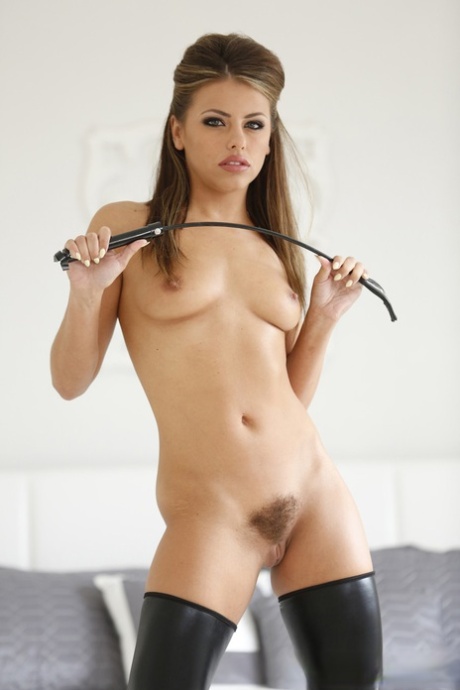

This elaborately engraved Colt New Frontier was intended for NRA Life Member John F. Kennedy.
In 1967, as the 100th anniversary of the NRA approached, the organization asked the foremost authority of Colt Firearms, James E. Serven, to compile a history of the NRA for publication. The result of his work, “Americans and their Guns,” was dedicated to: “Those Americans citizens who came before and won freedom, those now here who fight to preserve it, and to those yet to come who will preserve it.”
Of the many fascinating tales about the NRA and its first 100 years as related by Serven was the interest that more than a half-dozen* residents of 1600 Pennsylvania Ave NW, Washington, DC, took in the founding and activities of the NRA, to the point that they themselves signed up as Life Members.
One of the more interesting Colt revolvers on display at the NRA’s National Firearms Museum in Fairfax, VA, is a New Frontier model made for the 35th Chief Executive of the United States, John F. Kennedy. It is elaborately engraved with gold inlays of the White House, PT 109 and the President’s initials, “JFK.” The .45 Colt also has an inscription on the backstrap, typical of Colt presentation models since Samuel Colt himself first started making presentations of his embellished and cased firearms in the 1850s. The inscription reads: “To John Fitzgerald Kennedy 35th President of the United States from Colt’s Patent Fire Arms MFG Co. 1963.”
This presentation is unique in that the very model—New Frontier—takes its name from the campaign platform of then-candidate Senator Kennedy. The post-World War II era signaled the new age of television, and the most popular TV shows in the 1950s were cowboy series like the “Life & Legend of Wyatt Earp,” “Johnny Ringo,” “Gunsmoke” and dozens of others. Colt capitalized on the popularity of these shows by reintroducing its famous Single Action Army revolver (SAA), the iconic Peacemaker, in 1956.
In 1961, Colt introduced the New Frontier model after Senator Kennedy’s speech accepting the Democratic Nomination for President at the Convention. He said: “We stand today on the edge of a new frontier—the frontier of the 1960s, the frontier of unknown opportunities and perils, the frontier of unfilled hopes and unfilled threats. … Beyond that frontier are uncharted areas of science and space, unsolved problems of peace and war, unconquered problems of ignorance and prejudice, unanswered questions of poverty and surplus.” The New Frontier became Kennedy’s campaign platform, and it became Colt’s modernized version of the venerable SAA by having adjustable sights and a non-fluted cylinder.
To commemorate the new administration, Colt engravers set out to make a presentation-grade New Frontier revolver that President Kennedy would appreciate. Colt employees were excited to work on and contribute to the completion of the gun for Kennedy, who was an avid gun collector and NRA Life Member.
Two completed revolvers were offered for consideration by the Colt Board (the other one is in the Autry Museum of the American West), but Kennedy’s assassination in Dallas, TX, in November, 1963 ended the chance of completing the gun and making the presentation.
President Kennedy wasn’t the only Chief Executive who enjoyed firearms for both shooting and collecting. Both George Washington and Thomas Jefferson were known to have been keen collectors.

One of our country’s Presidents, Ulysses S. Grant, actually served as President of the NRA for a year shortly before his death in 1885. In 1883, following the NRA Presidency of General Winfield Scott Hancock, former Commander of the Potomac’s II Corps at Gettysburg in 1863, Grant received a delegation of NRA Board members at his Saratoga cabin and was offered the Presidency of the Association.
He accepted the honor as long as it was just that, more honorary than duty-filled. He was intent on completing his memoirs before he succumbed to cancer. He succeeded in finishing them just days before his passing.
Perhaps no Chief Executive was more familiar with firearms than the 26th President, NRA Life Member Theodore Roosevelt. He personally owned dozens of guns, hunted frequently, advocated wildlife conservation, founded the National Board for the Promotion of Rifle Practice (Today’s CMP) and even took a personal interest in the design and development of the Model 1903 Springfield rifle.
A number of his firearms are also on exhibit at the National Firearms Museum and the NRA’s National Sporting Arms Museum in Springfield, MO, where shotguns donated from Grover Cleveland and Dwight Eisenhower are also on exhibit.
Presidents Dwight D. Eisenhower, Ronald Reagan and Donald J. Trump have also been NRA Life Members. Richard Nixon was once an annual member, but resigned all of his organizational memberships upon election to the Presidency.
*Two other Presidents, Franklin D. Roosevelt and Harry S. Truman were most likely NRA members, but their membership records are unconfirmed at this time.

At the beginning of the Great War in 1914, France’s primary handgun was the cunning 8 mm double-action Modèle 1892 revolver, also known as the “Lebel” or “St. Étienne.” As well-made as it was, the gun’s main problem was there just weren’t enough of them.
This sent authorities scurrying in an attempt to supplement meager stores of ’92s with just about anything they could find. As well as bringing old French 11 mm Model 1873s back into service, a hodgepodge of semi-automatic pistols and revolvers was accumulated from other sources, primarily Spain and the United States.
After the war ended, the French government, wishing to update its armament and to standardize things, in the 1920s authorized a series of trials testing several arms from a variety of applicants. Curiously, ordnance types became enamored of the American .30 Pedersen cartridge and decided a similar cartridge would be just the ticket for France’s new semi-automatic pistol. After some fits and starts, a list of guidelines was issued for a new set of cartridges beginning in 1933.
The ideal repeater would be single-action, chamber the Pedersen 7.65×20 mm Longue round, have a firing mechanism that could be removed in its entirety for cleaning and servicing, employ a firing pin-block manual safety, and permit simple fieldstripping accomplished by removing the slide stop. It also needed an easily removable inertial firing pin, magazine safety and tapered chamber. Weight was expected to be 1 lb., 7 ozs., or 1 lb., 8 ozs.

Two guns ended up in the final 1935-’37 competition, one submitted by Société Alsacienne de Constructions Mécaniques (SACM), a company heretofore specializing in heavy machinery, and the well-known arms-building entity Manufacture d’Armes de Saint-Étienne (MAS).
Helming the project at SACM was Charles Petter, a Swiss engineer who, in a busy early life had, among other endeavors, served as an officer in the French Foreign Legion. His pistol was a handy, well-thought-out, eight-shot, short-recoil design employing a Browning-style dual-swinging link arrangement that, when the gun was fired, tugged the barrel downward, unlocking it from the slide. It incorporated a captive recoil spring, external hammer and safety lever, which, when rotated upward, rolled a block between the striker and hammer, preventing the latter from contacting the former when the trigger was pulled.
Measuring 7.7″ overall with a loaded weight of 1 lb., 13 ozs., it was svelte, comfortable in the hand and simple in operation and construction. The pistol tested favorably and was accepted as the Pistolet automatique modèle 1935A, the “A” in the semi-automatic’s designation referring to “Alsacienne.” Concurrently, the gun submitted by MAS (which though looking much like the 1935A was not interchangeable) was also adopted as the Pistolet automatique modèle 1935S, “S” standing for “Saint-Étienne.”
Production of the M1935A began in October 1937. The pistol was finished with a sturdy baked-enamel finish and fitted with finely checkered Bakelite stocks. Manufacture continued apace, and arms were issued to French forces. With the fall of France in 1940, the M1935A was turned to use by the German conquerors and Vichy forces as the Pistole 625 (f). Those guns made under German occupation, as well as falling within a certain serial number range, will be found with either a “WaA 655” (early) or “WaA 251” Waffenamt code.
After World War II, M1935As continued to be built until 1950, by which time some 874,000 had been made. Though not as widely seen on the collector market as some other foreign guns of their period, enough M1935As (and M1935Ss) show up to keep prices reasonable. The German-era M1935A seen here is in good, original condition with most of its original finish and is worth $700.
Gun: Pistolet automatique modèle 1935A
Manufacturer: Société Alsacienne de Constructions Mécaniques (SACM)
Chambering: 7.65 Longue
Manufactured: 1942
Condition: NRA Very Good (Modern Gun Standards)
Value: $700

Today is Impersonate Authority Day NSFW




























